VSM0613
Vic-Tech
6 mm micro stepper motor
3.3 v
0.2A
1 unit
Rohs
Available
| Availability: | |
|---|---|








Product Description
VSM0613 is a micro stepping motor. The motor diameter is 6 mm, the height is 7 mm, the diameter of the output shaft is 1 mm, and the height of the conventional output shaft is 3.1 mm. The length of the output shaft can be customized according to the customer's installation needs. The motor output shaft is equipped with a conventional gear with a module of 0.2, a number of teeth of 9, and a gear thickness of 1.8 mm. The gear can also be customized according to the customer's requirements
The output shaft of the motor can also be equipped with gear, pulley, worm, screw and other corresponding output devices, which can be customized according to customer installation requirements
Because of its small size, high precision, easy control and other excellent characteristics, this micro stepping motor is widely used in cameras, optical instruments, lenses, precision medical devices, and other fields.
The motor input part of the connecting line can be changed to bare needle, PCB, FPC and other forms according to customer requirements.
Parameters
Product name | 6 mm micro stepper motor |
Model | Vsm0613 |
Max. Starting frequency | 1300 pps min. (at 3.3 v dc) |
Max. Slewing frequency | 2500 pps min. (at 3.3 v dc) |
Pull in torque | 0.8gf-cm min. (at 500 pps , 3.3v dc) |
Pull out torque | 1.0gf-cm min. (at 500 pps , 3.3v dc) |
Insulation class | Class e for coils |
Insulation strength | 3.0ma (MAX.) |
Insulation resistence | 1 mω (dc 100 v) |
Operating temperature range | -10~+60 ℃ |
Oem & odm service | Available |
Design Drawing


| VSM06, 12Ω 3.3V 2-2 Phase | ||||||
| Frequency (PPS) | 200 | 400 | 600 | 800 | 1000 | 1200 |
| Pull-out torque (g*cm) | 3 | 2.4 | 2.2 | 1.3 | 0.9 | 0.8 |

Customisable
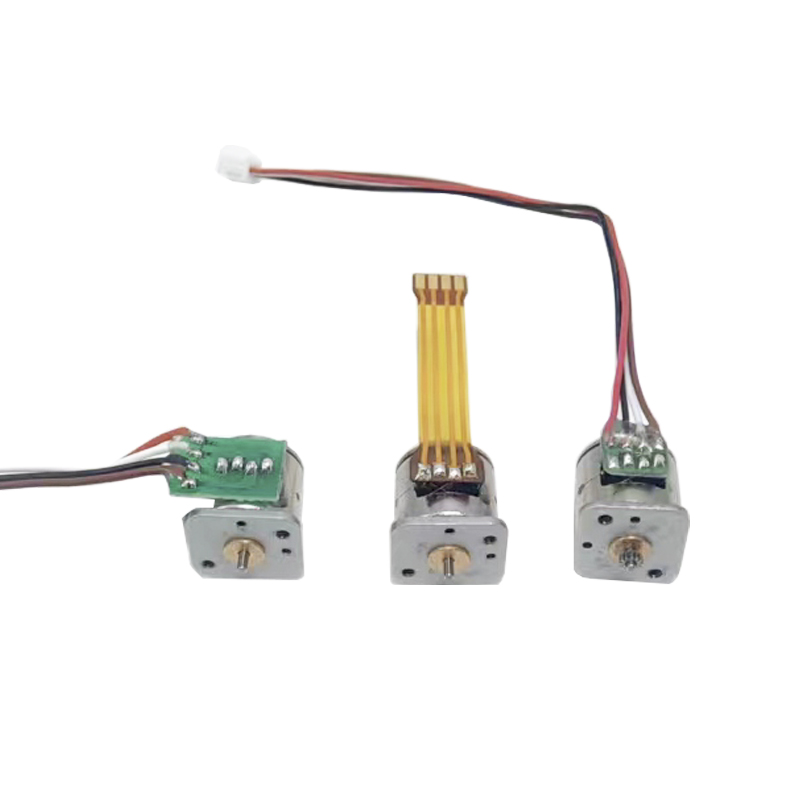



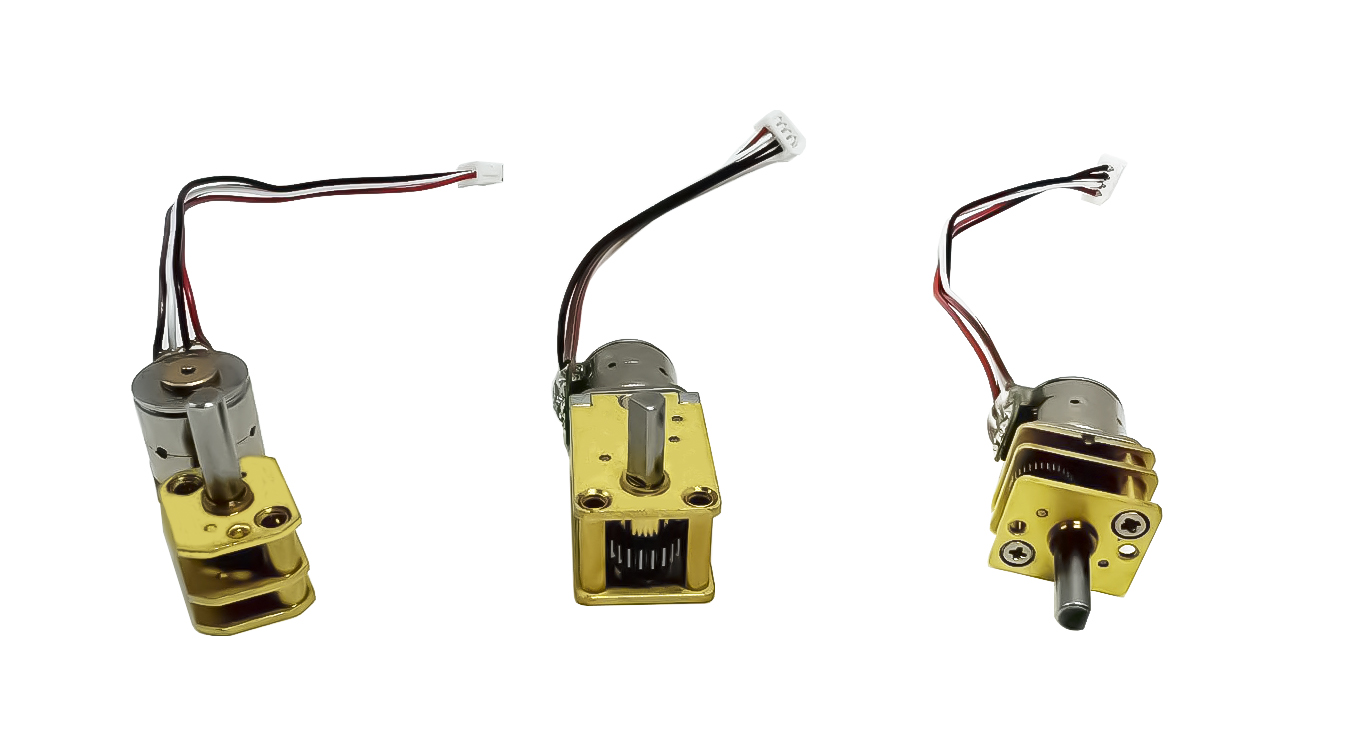
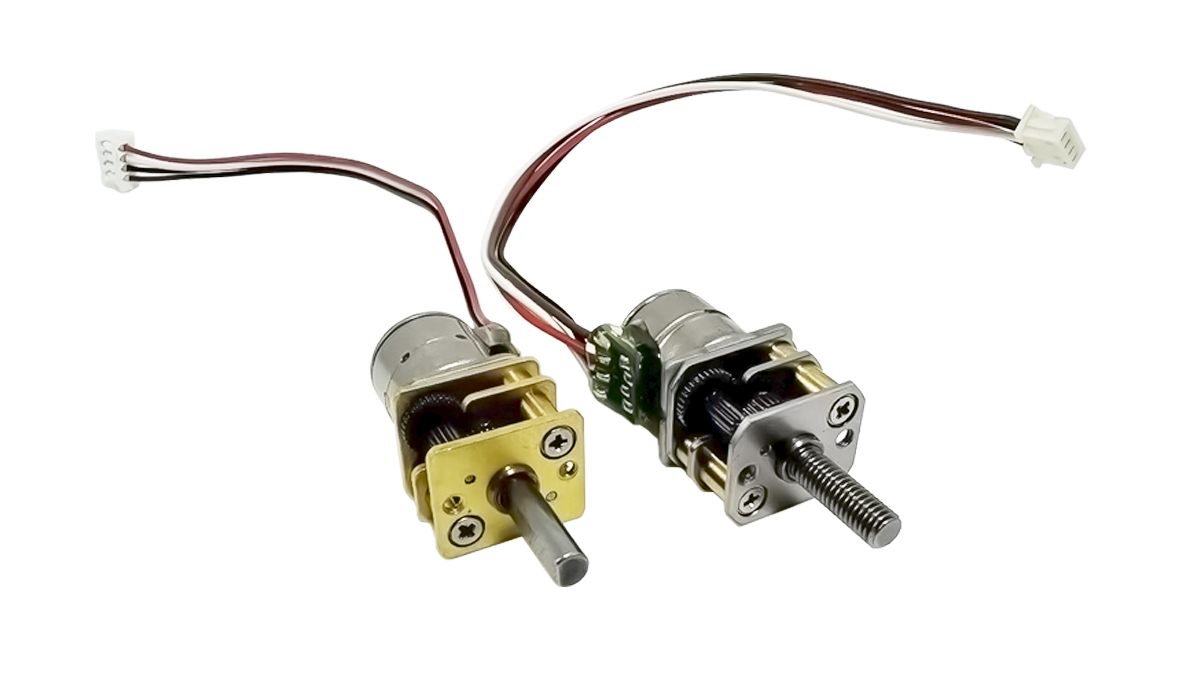
Gear ratio | 2:1 | 5:1 | 10:1 | 15:1 | 20:1 | 30:1 | 36:1 | 50: | 63:1 | 67:1 | 89:1 | 100:1 |
Precise ratio | 2.002 | 4.995 | 9.677 | 14.754 | 20.501 | 29.120 | 36.122 | 51.103 | 63.071 | 66.801 | 89.227 | 99.002 |
Gear ratio | 23 | 20 | 13 | 18 | 15 | 12 | 20 | 20 | 14 | 17 | 14 | 13 |
Gear levels | 2 | 2 | 2 | 3 | 3 | 3 | 4 | 4 | 4 | 4 | 4 | 4 |
Efficiency | 80% | 80% | 80% | 72% | 72% | 72% | 65% | 65% | 65% | 65% | 65% | 65% |
Input and output directions | + | + | + | - | - | - | + | + | + | + | + | + |
Gear ratio | 120:1 | 150:1 | 172:1 | 210:1 | 250:1 | 275:1 | 298:1 | 380:1 | 420:1 | 500:1 | 600:1 | 1000:1 |
Precise ratio | 118.922 | 150.948 | 171.883 | 210.591 | 250.111 | 274.403 | 297.924 | 387:689 | 421.296 | 506.155 | 599.394 | 986.406 |
Gear ratio | 17 | 18 | 13 | 12(15) | 13 | 12 | 12 | 12 | 12 | 18 | 16 | 12 |
Gear levels | 5 | 5 | 5 | 5 | 5 | 5 | 5 | 5 | 5 | 7 | 7 | 7 |
Efficiency | 59% | 59% | 59% | 59% | 59% | 59% | 59% | 59% | 59% | 47% | 47% | 47% |
Input and output directions | - | - | - | - | - | - | - | - | - | - | - | - |
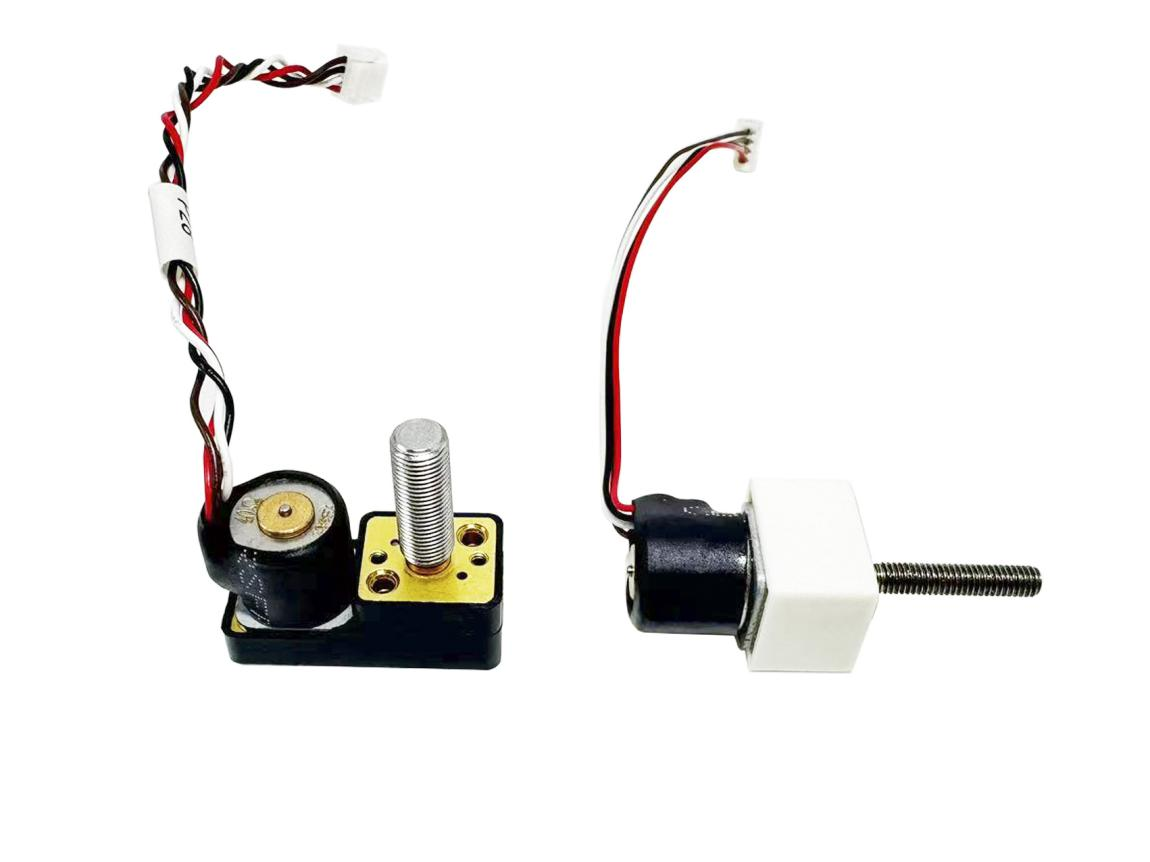

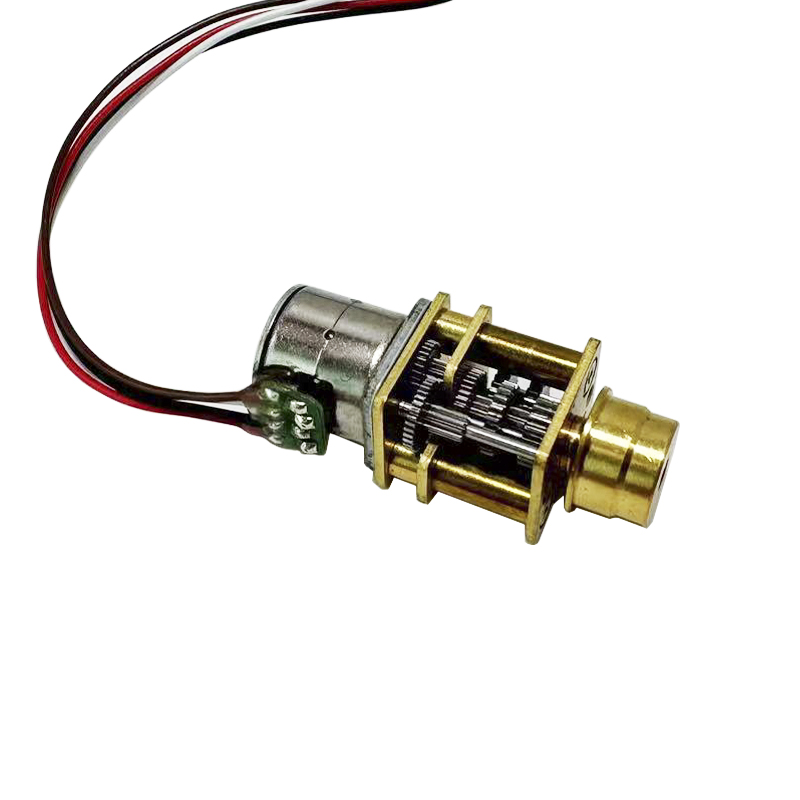
Our micro stepper motors generally have 18 degrees step angle.(full step driving)
That means it takes 20 steps to rotate one turn.
Motor’s step angle is related to internal stator’s design.
Stepper motor is speed is determined by driving frequency, and it has nothing to do with load (unless it’s losing steps).
Due to high precision speed control of stepper motors, with a driver controlled stepping you can achieve very precise positioning and speed control. For this reason, stepper motors are the motor of choice for many precision motion control applications.
We have micro stepper motors with different diameters, and motor’s torque is related to its size.
Here is relationship between motor’s diameter and torque(with suitable running frequency, at rated voltage):
6mm motor: About 1 g*cm
8mm motor: About 3g*cm
10mm motor: About 5 g*cm
15mm motor: About 15 g*cm
20mm motor: About 40 g*cm
Application
Motor’s speed is determined by driving frequency, and it has nothing to do with load (unless it’s losing steps).
Due to high precision speed control of stepper motors, with a driver controlled stepping you can achieve very precise positioning and speed control. For this reason, stepper motors are the motor of choice for many precision motion control applications.

Since steppers move in precise repeatable steps, they excel in applications requiring precise
Positioning, by the number of steps the motor moves
Precise increments of movement also allow for excellent control of rotational speed for process
Automation and robotics. The rotational speed is determined by the frequency of the pulses.
With control of the drive, the motor has lock function (there is current through motor windings, but
The motor does not rotate), and there is still a holding torque output.
The stepper motor has no brushes, and does not need to be commutated by brushes like a brushed
DC motor. There is no friction of the brushes, which increases the service life, has no electric sparks, and reduces electromagnetic interference.
Contact Us
Sharing Media